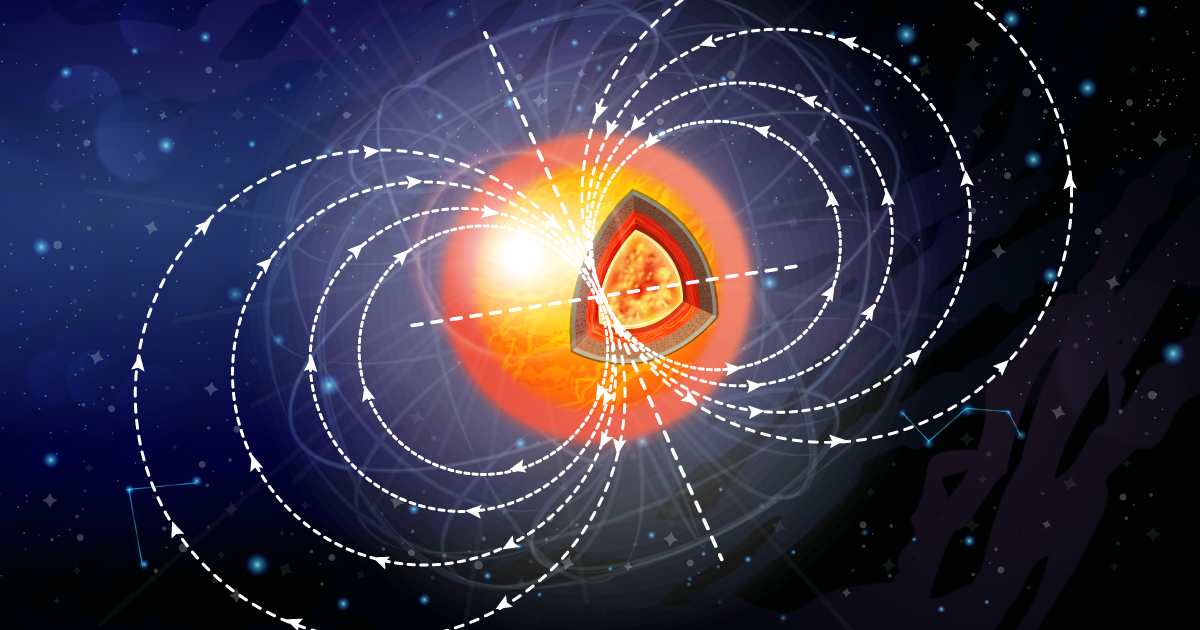- 2.6Impact Factor
- 5.2CiteScore
- 23 daysTime to First Decision
Magnetic Fields and Activity in Stars: Origins and Evolution
This special issue belongs to the section “Solar and Stellar Physics“.
Special Issue Information
Dear Colleagues,
Magnetic fields occur everywhere in the Universe. They appear as a characteristic of matter and they accompany the whole life of a star—from birth to death. Recent findings point to their crucial role in stars and their planetary systems. The following topics are of prime interest in stellar physics: magnetic field transformations in the course of stellar evolution when the internal structure of stars changes, the different mechanisms for the generation and enhancement of magnetic fields and activity depending on the structure and rotation of a star, the role of magnetic fields and activity in mass transfer in close binary stars, and star–planet magnetic interactions.
This Special Issue is dedicated to publishing original research and review papers on magnetism and activity in stars during their whole life.
Scope:
- Stellar magnetic fields and stellar activity;
- Evolution, stellar structure, and magnetic activity;
- Internal magnetic fields;
- Binary stars and magnetic activity;
- Stellar dynamos;
- Star–planet interactions;
- Stellar magnetic cycles.
Prof. Dr. Renada Konstantinova-Antova
Guest Editor
Manuscript Submission Information
Manuscripts should be submitted online at www.mdpi.com by registering and logging in to this website. Once you are registered, click here to go to the submission form. Manuscripts can be submitted until the deadline. All submissions that pass pre-check are peer-reviewed. Accepted papers will be published continuously in the journal (as soon as accepted) and will be listed together on the special issue website. Research articles, review articles as well as short communications are invited. For planned papers, a title and short abstract (about 250 words) can be sent to the Editorial Office for assessment.
Submitted manuscripts should not have been published previously, nor be under consideration for publication elsewhere (except conference proceedings papers). All manuscripts are thoroughly refereed through a single-blind peer-review process. A guide for authors and other relevant information for submission of manuscripts is available on the Instructions for Authors page. Universe is an international peer-reviewed open access monthly journal published by MDPI.
Please visit the Instructions for Authors page before submitting a manuscript. Submitted papers should be well formatted and use good English. Authors may use MDPI's English editing service prior to publication or during author revisions.
Keywords
- magnetic fields
- magnetic activity
- stellar evolution
- dynamos in stars
- star–planet interaction
- spectropolarimetry
- asteroseismology
- stellar atmospheres

Benefits of Publishing in a Special Issue
- Ease of navigation: Grouping papers by topic helps scholars navigate broad scope journals more efficiently.
- Greater discoverability: Special Issues support the reach and impact of scientific research. Articles in Special Issues are more discoverable and cited more frequently.
- Expansion of research network: Special Issues facilitate connections among authors, fostering scientific collaborations.
- External promotion: Articles in Special Issues are often promoted through the journal's social media, increasing their visibility.
- e-Book format: Special Issues with more than 10 articles can be published as dedicated e-books, ensuring wide and rapid dissemination.

